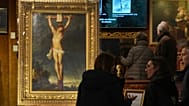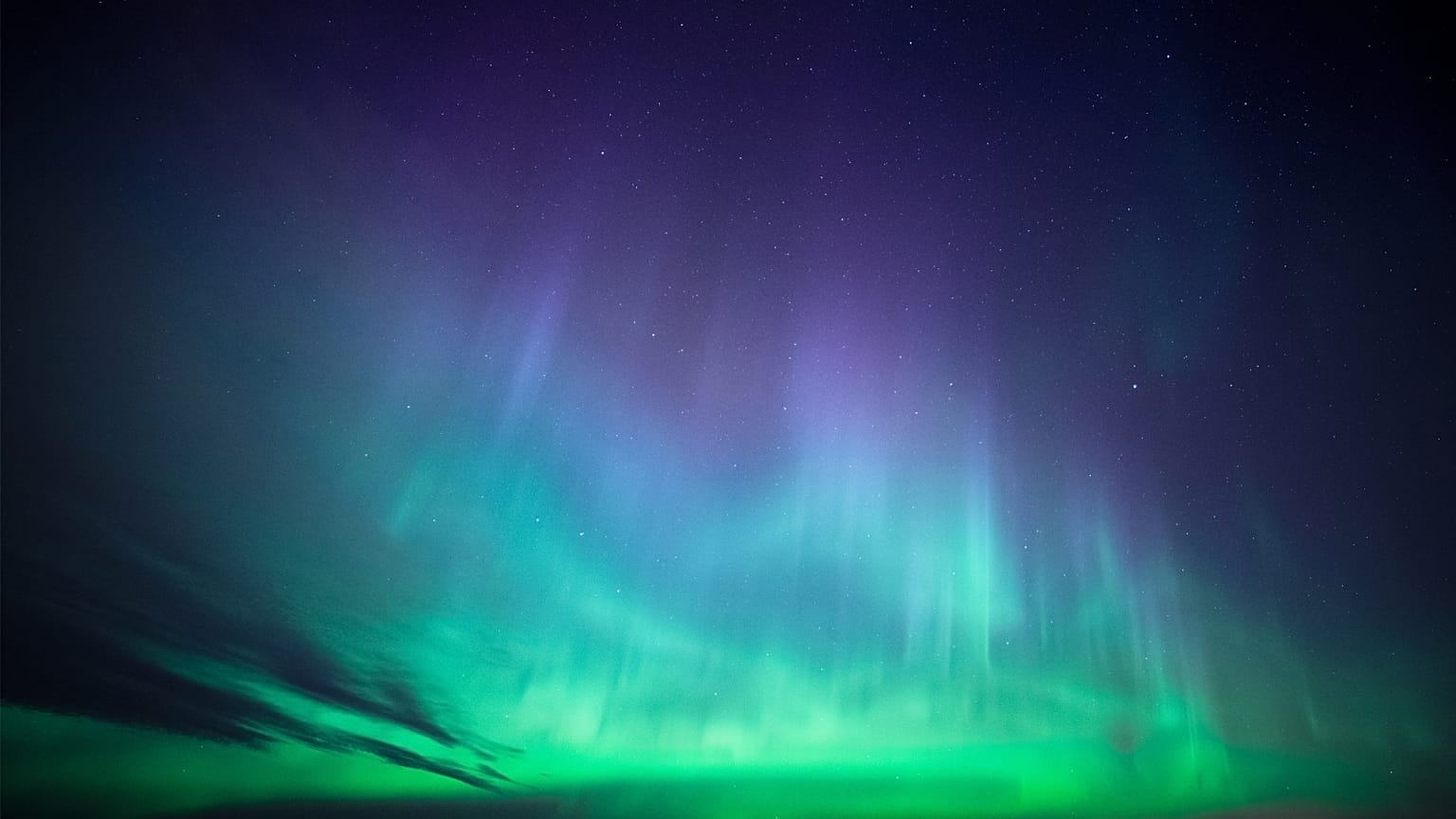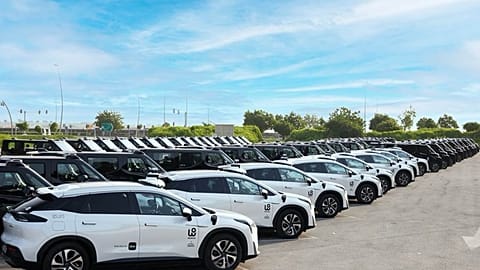Aurora Borealis can cause damage to satellites in severe solar storms. Scientists are experimenting to understand near-space weather better.
For centuries, the Aurora Borealis has captivated people with its mesmerising display of colours dancing across the night sky.
Many Northern Lights hunters say it requires endurance in harsh weather conditions and long waits to catch a glimpse of the dancing lights.
But auroral scientists have found a way to recreate the elusive natural phenomenon artificially.
It’s hoped that recreating the phenomenon will help improve near-space weather forecasts to protect satellites and critical infrastructures from being damaged or lost completely.
Researchers at the Swedish Institute of Space Physics launched a sounding rocket "BROR" from the Esrange Space Centre in the far north of Sweden last week.
BROR carried a payload of eight canisters of barium, a chemical normally used in fireworks to create bright green lights.
Once the rocket reached an altitude as high as 240 km, it released the barium to create colourful clouds.
The auroral scientists behind the experiment say the waves of greenish-white lights stay longer than normal fireworks in the sky since they are released at a much higher altitude.
"This was probably one of the most beautiful rocket launches I have experienced from Esrange," said Krister Sjölander, Vice President of Science Services and Head of Payloads & Flight Systems at the Swedish Space Corporation.
"But more importantly, this research will pave the way for a deeper understanding of space weather, the phenomenon of aurora, and how it affects space infrastructure which is crucial for our societies on Earth," he added.
How does Aurora Borealis affect satellites?
The Aurora Borealis is caused during geomagnetic storms as charged particles collide with gases in Earth's upper atmosphere but extremely strong storms can disrupt telegraph services.
In February 2022, a minor geomagnetic storm hit up to 40 brand-new Starlink satellites and Space X lost all of them.
"People nowadays cannot imagine life without GPS, without satellite TV, without mobile phones, and so on. And to have all of this, we need to understand space weather," said Dr Tima Sergienko, lead scientist of the experiment at the Swedish Institute of Space Physics.
Similar experiments have been carried out around the world for decades, but experts say that technology and cameras are much more advanced now.
"The first experiment here at Esrange was in 1967. At that time it was possible to use only the usual film for the camera. But now with modern digital instrumentation, everything is so good that we can get much more information from such experiments and from such optical measurements," said Sergienko.
On the same day, the strongest geomagnetic storm in six years shook Earth's magnetic field.
Extraordinarily spectacular auroras drenched skies in northern Finland, the US, and Canada.
The somewhat less spectacular artificial show from the experiment ended up blocking out a real Aurora Borealis occurring naturally in northern Sweden.
For more on this story, watch the video in the media player above.


















